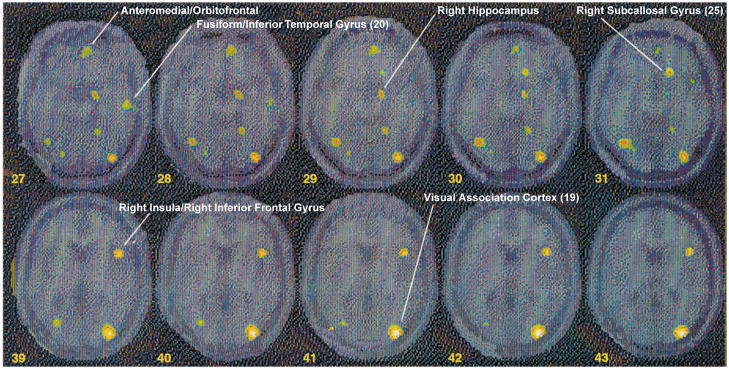FIGURE 3. Statistical Parametric Map Overlaid on a Magnetic Resonance Image Template of Areas of Significant Interaction Between PTSD Diagnosis and Condition, Showing Areas of Relative Decrease in PTSDa.
a Areas of yellow and white represent regions in which there were significant interactions between condition (traumatic versus neutral) and group (PTSD versus non-PTSD) (z score>3.09; N=88; p<0.001). There were greater decreases in blood flow in medial prefrontal cortex (including subcallosal gyrus [area 25] and a portion of anteromedial frontal [orbitofrontal] cortex) in women with PTSD than in women without PTSD. Decreases were also seen in visual association cortex, right insula/inferior frontal gyrus, fusiform gyrus, and right hippocampus region (z score>3.09, N=88, p<0.001).

